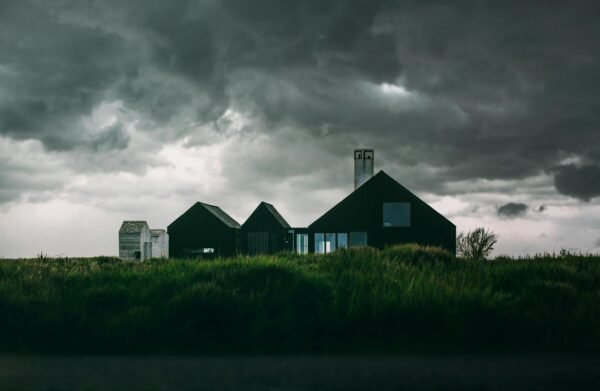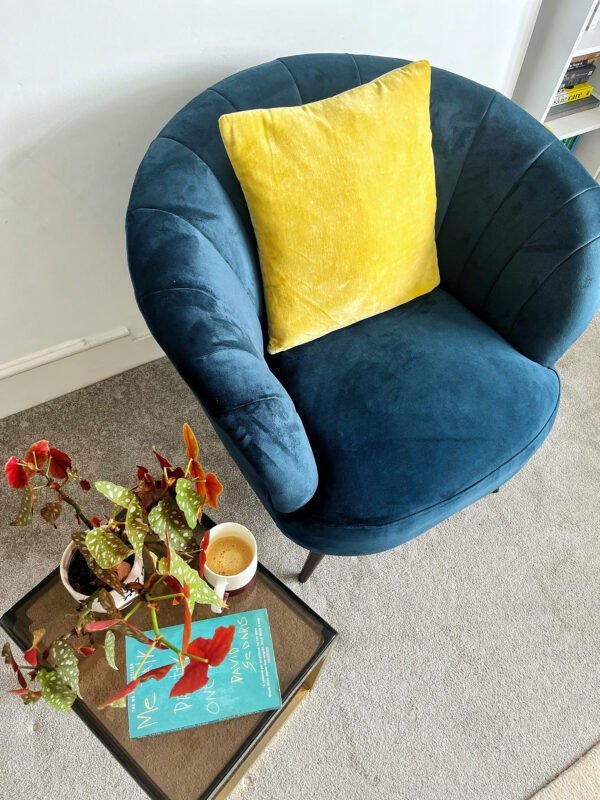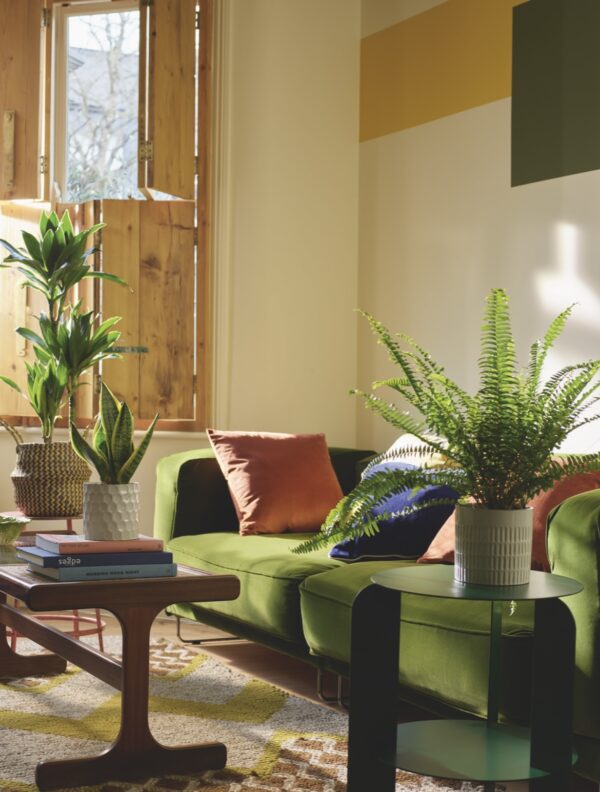
A Home is What You Make of it: 4 Simple Ways to Live in a Unique House

Bricks and mortar? How about on the water? There are more ways to live than in a house, on a street, or in suburbia. There is nothing wrong with that of course, but many people crave something a little more unique and exciting. They want a route off the well-beaten paths of home ownership and to go in a fresh direction. Here are four simple alternatives to traditional city, town, and village living. There are still communities to become a part of, but with a different style of life somewhere a little special.
Living Life On The Water

Floating homes bring a unique perspective to waterfront living. These are not your standard houseboats but fully functional homes built on a floating platform. Often anchored on peaceful lakes or on serene rivers, these homes offer unparalleled views and immediate access to water. They are often designed with sustainable features like solar panels and water filtration systems. Floating homes range from cosy minimalist structures to expansive multi-level designs, all while ensuring stability and safety.
Locations across the world and across the nation have thriving communities of floating homes, like these near Upton Marina on the River Severn. Waterfront Living offers floating homes and a unique and charming lifestyle with all the common conveniences of life still on your doorstep. If you’ve ever dreamed of waking up to the gentle lapping of water against your home or fishing from your living room but only being a quick trip away from the shops, then one of these homes might be your ideal living space.
Small Life Is Beautiful

The tiny home movement has been steadily gaining traction as more individuals and families opt for minimalist living. These homes, typically measuring under 400 square feet, offer the functionality of a full-size house but in a much smaller footprint. From bespoke designs to DIY projects, tiny homes reflect their owners’ creativity, practicality, and commitment to a less cluttered lifestyle. Some tiny homes are stationary, providing a permanent base, while others are built on trailers, allowing for nomadic living.
Eco-conscious design principles, such as solar power and composting toilets, are often easily incorporated, making these tiny spaces remarkably self-sufficient and attractive to many environmentally conscious homeowners. Places like Bristol, West Lancashire, and Devon are all home to notable tiny home communities. The small size doesn’t mean compromising on comfort but instead celebrates efficient use of space, reduced environmental impact, and the freedom to live simply but fully.
A Life In Transit

Making your home mobile and living in a converted van has become so popular it’s now often simply called Van Life. Driven by a desire for a lifestyle that combines travel, minimalism, and an intimate connection with nature, #VanLife keeps is a recognised lifestyle choice. At its core, Van Life is about converting a regular van into a mobile home that caters to all essential living needs. These conversions often feature ingenious space-saving designs, including fold-out beds, compact kitchenettes, and hidden storage spaces. You can also visit a mobile home dealer if you’re planning to have a new or wider space.
Solar panels on the roof provide renewable power, making living off the grid a feasible option too. Van Life gives you the freedom to explore, change your surroundings at will, and truly live in each moment. Popular locations for Van Lifers include coastal regions and the Lake District or the Cotswolds; picturesque places that are beautiful to wake up to. Van life is a testament to the human spirit’s adaptability, transforming mundane living into an extraordinary life on wheels. If you want to store it, there are rv storage rentals out there.
Making The Earth Your Home

Homes made from earth and recycled materials are reshaping the boundaries of eco-friendly living. These structures, often built using techniques like cob, rammed earth, or straw bale, utilise natural, renewable resources to create homes that are both sustainable and aesthetically pleasing. Many eco-conscious homes use salvaged or recycled materials to breathe new life and give new purpose to materials that may have ended up in a landfill otherwise.
Sustainable homes that use earth and dense, secondhand materials not only minimize harm to the environment but also have exceptional insulation properties, reducing energy use for heating and cooling. Upcycling shipping containers into modern, industrial-style homes is becoming a trend. By welding multiple storage containers together, whole eco-communities can be made from these unconventional homes. Whether you are looking to purchase a container or cabin, or rent, exploring shipping container hire near me is the first step toward sourcing the essential materials for your eco-friendly housing project. You can also check out this site accommodation in London for the widest range of containers and cabins available at the most competitive prices. The allure of sustainable homes extends beyond their eco-friendly attributes; they represent a harmony between human habitation and nature, using human ingenuity to create ways to live responsibly.
You don’t have to settle for a life stuck on land, or behind brick walls and plastic windows. There is a more unique way of living out there for you, whether you want to wake up in a different town each morning, or you want to rise with the sun and to the sound of gently lapping waters on a riverbank.














































